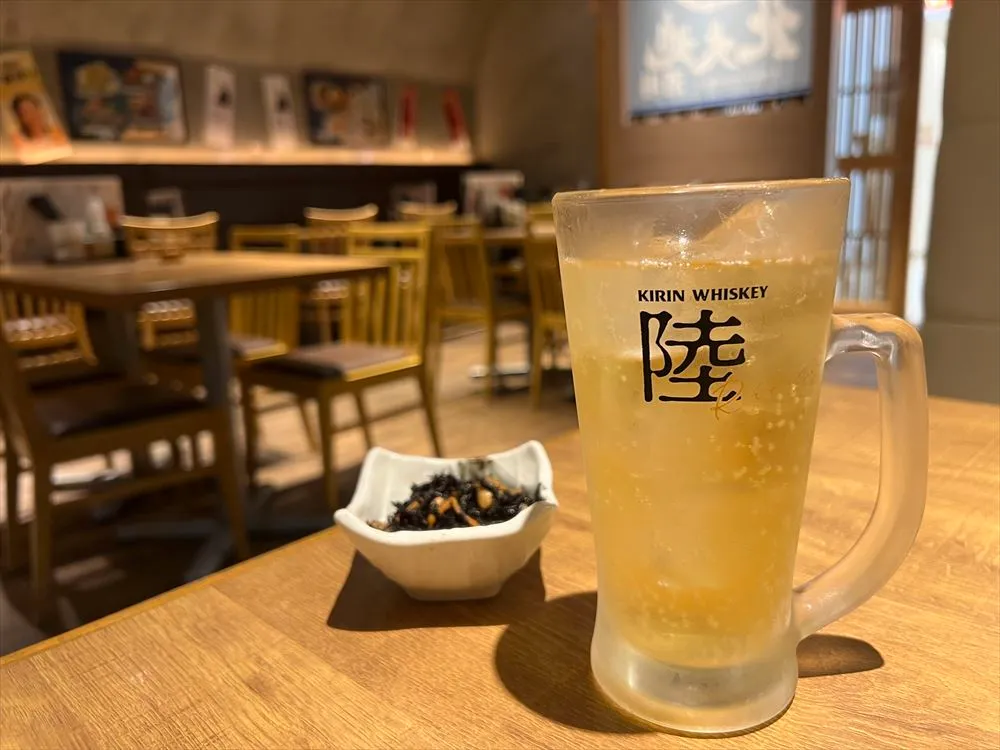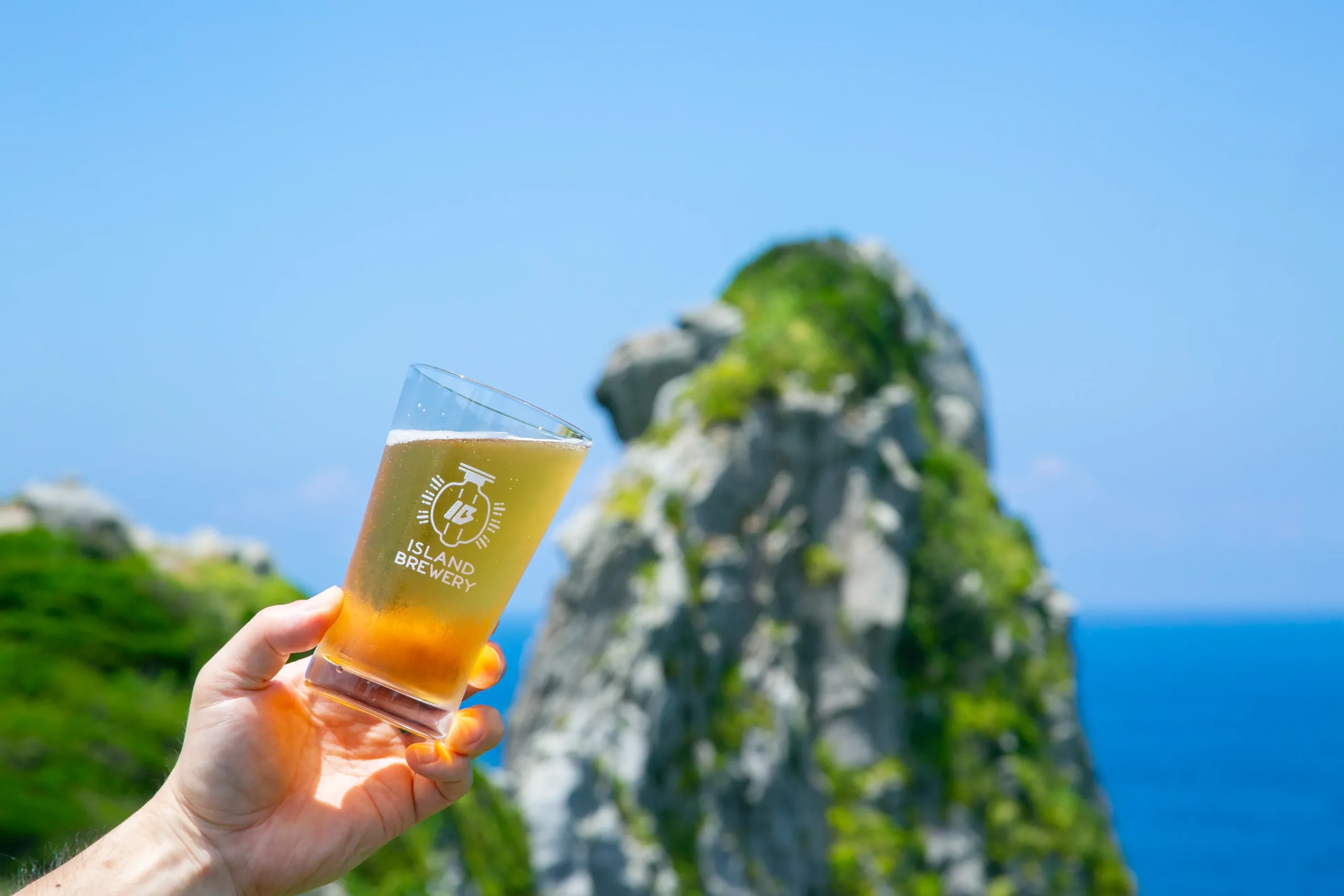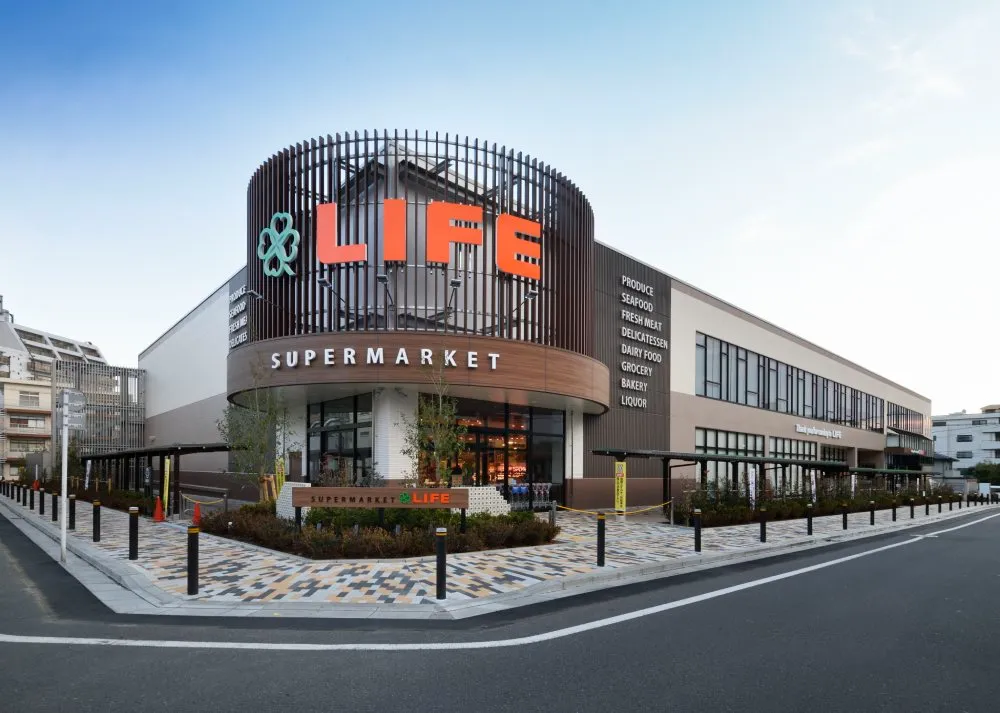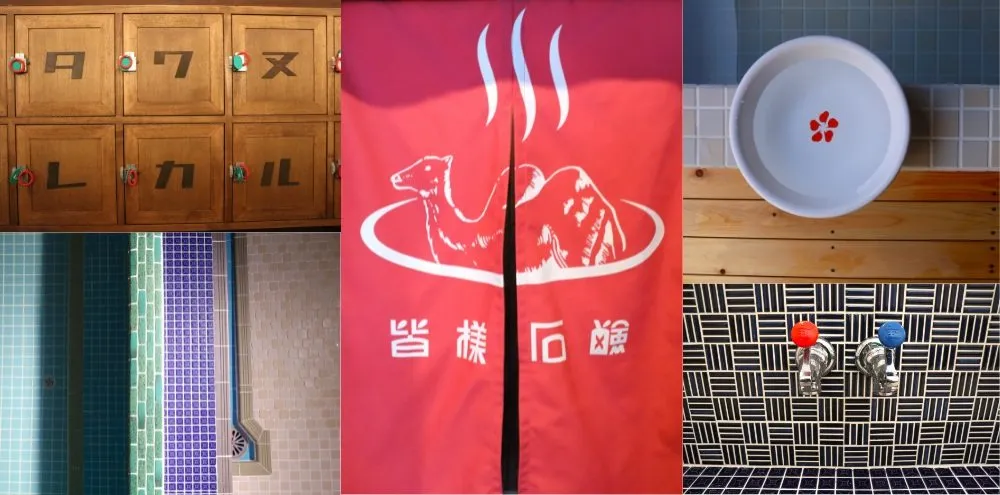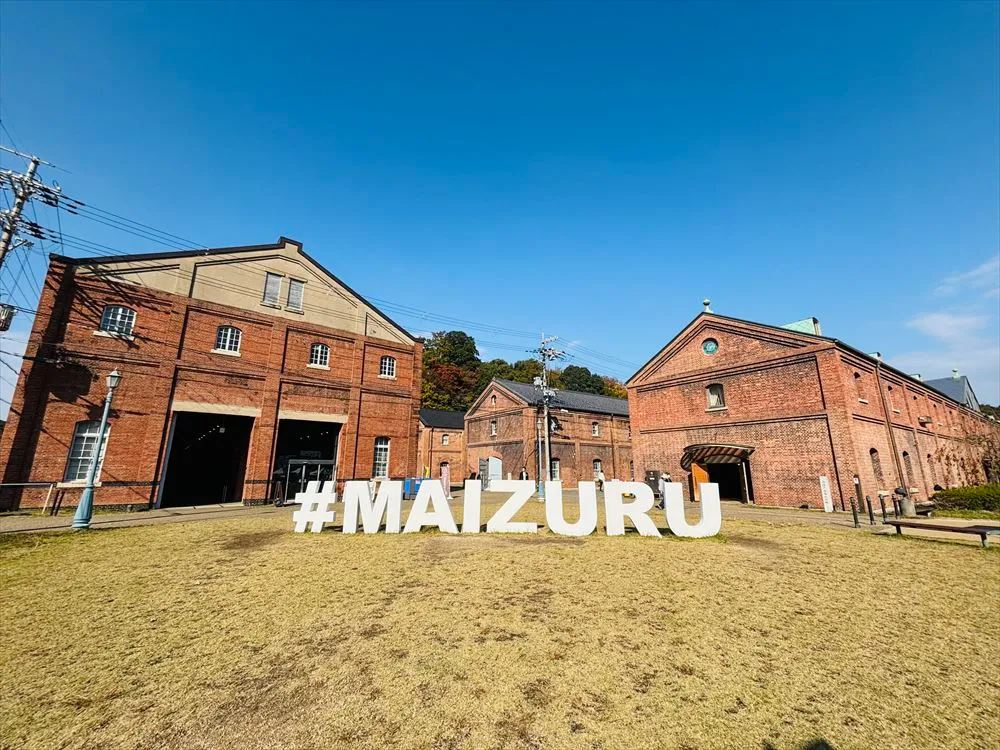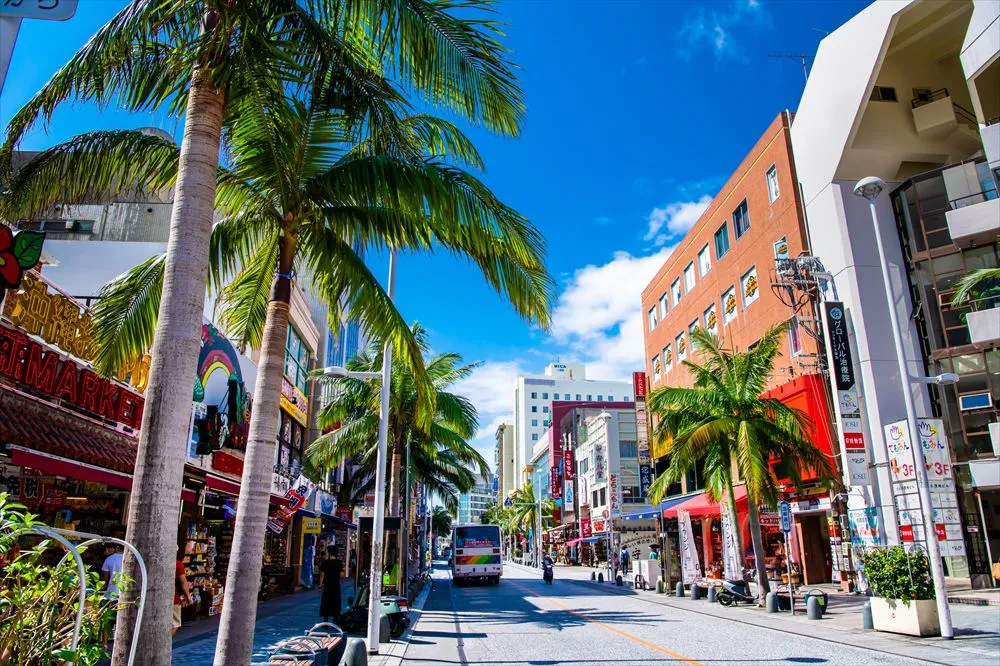If you enjoy drinking and eating in Japan, “izakaya” is one of the places highly recommended for you. This article introduces how to enjoy izakaya as well as dishes and areas you should try.
How to enjoy izakaya in Japan and what to order!
About “izakaya”

Izakaya is a Japanese-style drinking place, where you can enjoy not only drinking but also eating delicious dishes. Compared to bars and pubs, most izakaya restaurants are relatively cheaper and vary in atmosphere and items that they serve. Even among washoku izakaya featuring Japanese dishes, they vary in the main dishes they offer, such as yakitori and seafood dishes, as well as the themes of restaurant. While old-style izakaya restaurants may give you an impression of being noisy, you can recently see more izakaya restaurants with a quiet and stylish atmosphere. Many izakaya open from evening between 17:00 to 19:00 and close around 24:00, but some open earlier like from lunchtime and some even stay open all night.
How to enjoy izakaya
┃otoshi (table charge)
Once you take a seat in an izakaya, you automatically get a small appetizer dish called “otoshi,” along with oshibori (hot or cold wet towel). An otoshi costs about 300 to 500 yen, which is most often included in a table charge. You will see a variety of otoshi dishes at different izakaya.

┃Ordering
To order, you can call a server by saying “Sumimasen,” which means “excuse me,” or call a server by pushing a button on your table. Recently, more restaurants have started using a touch panel at each table or a barcode ordering system. If you want to know today’s special dishes, you can ask a server “Osusume wa nani desuka?” (“What is today’s special?”).

┃Payment
Once you ask a server for the bill by saying “Okaikei,” you will get a bill. Then, you pay cash at your table or go to the casher to pay the bill. The number of izakaya that accept credit cards and/or cashless payment, is now increasing.

┃Rules and manners
– One-glass-at-a-time system: Basically, you should order a new drink after you finish the current one. It is not recommended to keep more than one glass in front of you.
– Two-hour-limit system: During busy times, you may be asked to leave after two hours. Keep in mind that the last order may be 30 minutes before the end of your time limit!
– Smoking: As more and more izakaya restaurants do not allow smoking inside, please check about the smoking/non-smoking policy of the restaurant before you enter.


┃Other tips
– All-you-can-drink system: Some restaurants have an all-you-can-drink plan, which allows customers to drink as much as they want during a certain time frame, such as two hours or three hours. If you and your companions intend to drink a lot, it is a great plan for you!
– Happy hour: Some izakaya restaurants offer a happy-hour service, where you can get drinks cheaper for a certain time frame if you enter the restaurant earlier, such as by 18:00 or 19:00, which is before the peak time.
– Senbero: This refers to izakaya restaurants offering dishes at a low price range, where you can get “berobero” (a state of getting really drunk) with 1,000 yen (sen-yen). Some izakaya offer a “senbero” set menu including drinks and food for 1,000 yen.
– Hashigo-zake: Bar-hopping/pub-crawling, which means you enjoy drinking at different places consecutively. You can enjoy different drinks and dishes served at different restaurants.
– Hana-kin: Many company workers have Saturdays and Sundays off. So, Friday night is called “hana-kin,” which is basically equivalent to “Thank God It’s Friday (TGIF),” and many people go drinking, resulting in many izakaya restaurants being busier on Friday than any other day of week.


What are regular/popular items in izakaya?
┃Drinks
At izakaya, most people enjoy drinking beer, sake, shochu, sour (a mixture of fruit, shochu, and soda, especially popular with lemon), and highball (a mixture of whisky and soda), rather than posh cocktails or wine.
 You may want to try “Hoppy” as well at an izakaya, which tastes like beer, without alcohol. Hoppy, called “soto,” and shochu, called “naka,” are served separately, so you can mix them yourself while drinking.
You may want to try “Hoppy” as well at an izakaya, which tastes like beer, without alcohol. Hoppy, called “soto,” and shochu, called “naka,” are served separately, so you can mix them yourself while drinking.

┃Dishes
Regular dishes at izakaya include “edamame,” young soybeans in the pod, “yakitori,” grilled chicken skewers, “gyoza,” pan-fried dumplings, “karaage,” Japanese fried chicken, “potato salad,” “dashimaki tamago,” dashi-flavored Japanese rolled omelet, and “oshinko,” pickled vegetables such as cucumbers and carrots.
 The dishes that are less known but you should try are “takowasa,” a mixture of fresh octopus and finely-chopped wasabi, and “shiokara,” salted squid guts. Both are salty, so go really well with alcohol!
The dishes that are less known but you should try are “takowasa,” a mixture of fresh octopus and finely-chopped wasabi, and “shiokara,” salted squid guts. Both are salty, so go really well with alcohol!
Recommended areas for visiting Japanese izakaya
Japan has many drinking areas filled with izakaya, which is great for enjoying “hashigo-zake”!
┃– Asakusa in Tokyo
Hoppy Street (Hoppy Dori)
Located right next to Sensoji Temple in Asakusa, “Asakusa Hoppy Street” is lined with old-style izakaya from end to end. As there are many izakaya restaurants which have outside tables and/or open earlier than others, it is a great place for you if you want to start drinking during daylight! Some places have menus in foreign languages.
 Also known as “Nikomi Dori,” the street has many restaurants serving nikomi simmered dishes.
Also known as “Nikomi Dori,” the street has many restaurants serving nikomi simmered dishes.

┃– Akabane in Tokyo
Located about 10 minutes by train from Ikebukuro, Akabane Station has interesting drinking areas. In less than one minute on foot coming out from the south exit, you will see a street packed with izakaya. It is a well-known drinking area to the Tokyo locals, but it may be less known to tourists. There are many izakaya serving dishes in a lower price range, making it perfect for hashigo-zake.

┃– Shinbashi in Tokyo
Located two stations from Tokyo Station, Shinbashi is surrounded by a business district; therefore, the area is crowded with company workers after work at night even during weekdays. It is a place you can get glimpses of the daily life of people in Tokyo.

┃– Kichijoji in Tokyo
Reachable by a single train ride from Shibuya, which takes 27 minutes, and from Shinjuku, which takes 25 minutes, Kichijoji is easily accessible. The town not only has many sightseeing spots, such as parks, a zoo, and shopping areas, but also the “Harmonica Yokocho,” an interesting drinking area filled with small izakaya. Most of the restaurants and passages are small and narrow. There are also many izakaya restaurants, which are accessible for a quick drink, and famous ones where queues form.

┃-Noge in Yokohama
Sakuragicho Station, one station from Yokohama Station, has one of the biggest entertainment districts in Yokohama, called “Noge.” The retro-inspired town has various types of shops and stores, from traditional ones to unique new-style ones. Many restaurants are relatively spacious, so you shouldn’t hesitate to go in. It may be a good idea to enjoy drinking in Noge at the end of Yokohama sightseeing.

┃-Tenma in Osaka
Among many drinking areas in Osaka, “Tenma” is the one where it is relatively easier for travelers to go into. Located four minutes on foot from Tenma Station, the “Chochin-dori Street” is decorated with numerous colorful lanterns. Walking under the arcade to visit places to drink raises your spirits. The area has many places serving Osaka’s specialty dishes, such as kushikatsu and takoyaki. It is also easy to access, only one station from Osaka Station. Therefore, it is a must-visit drinking spot during a trip to Osaka.

┃– Susukino in Sapporo
The most famous drinking area in Hokkaido is “Susukino” in Sapporo. It is crowded with tourists and locals throughout night both weekdays and weekends, so it is called a “town that never sleeps.” At an izakaya in this area, you can enjoy Hokkaido’s specialty dishes, such as a grilled mutton dish called jingisukan, and seafood dishes. If you visit Hokkaido, you should visit Susukino at night!

